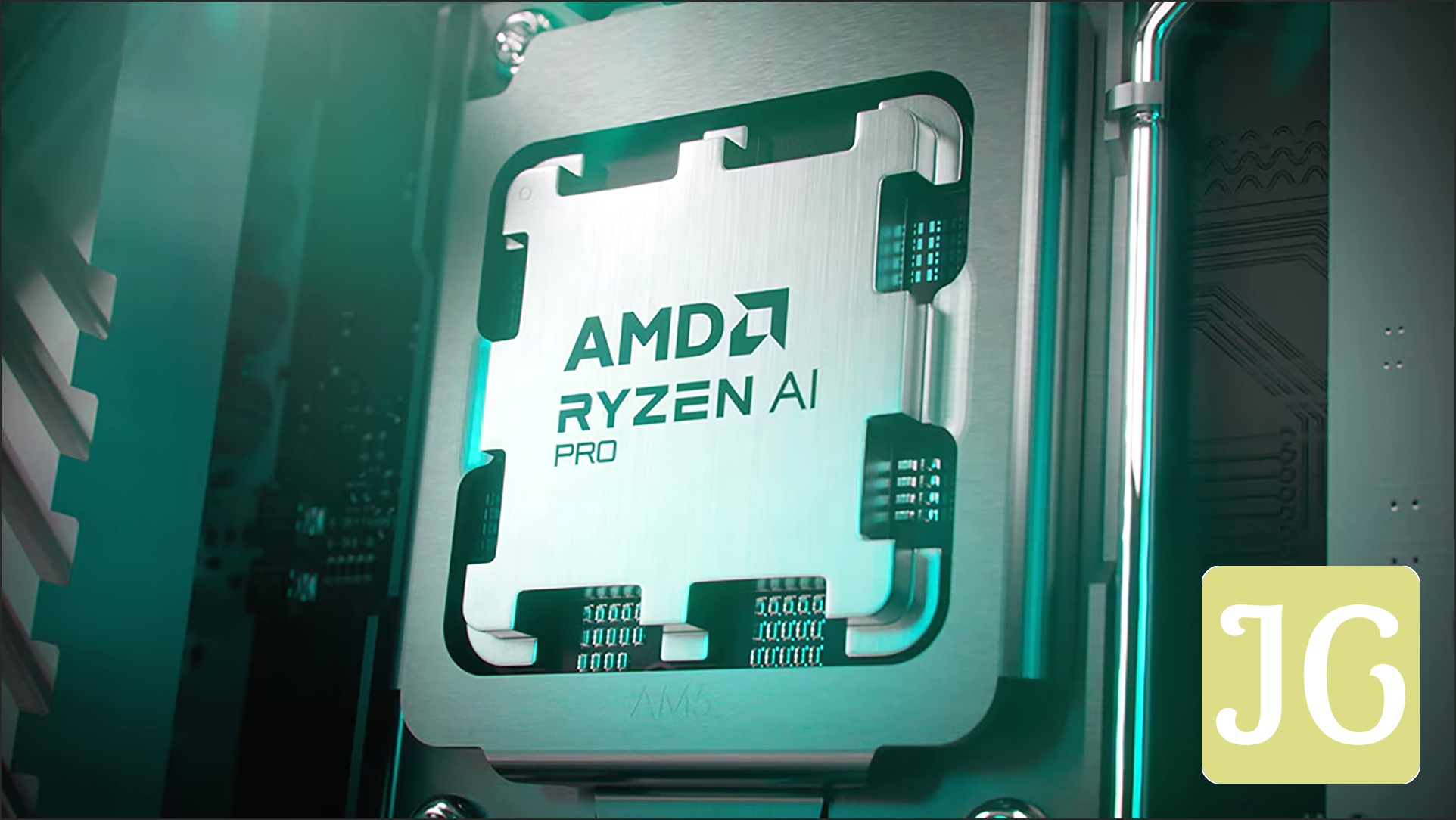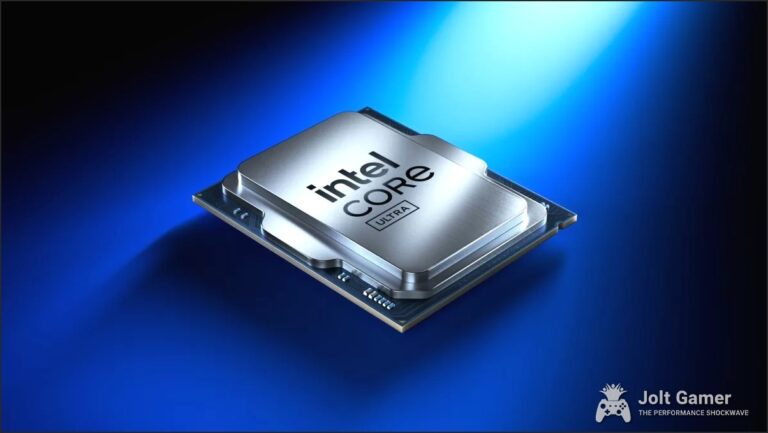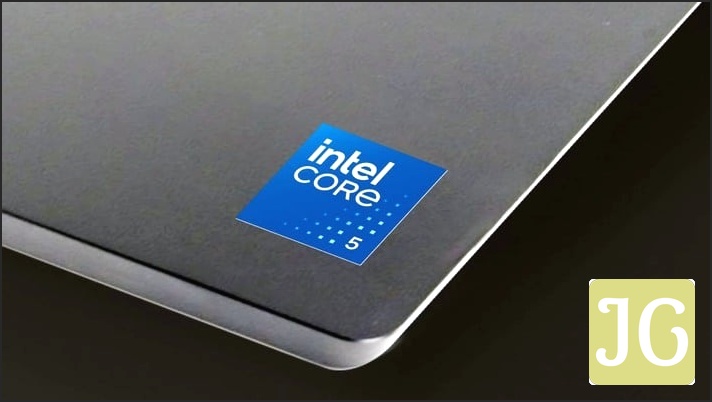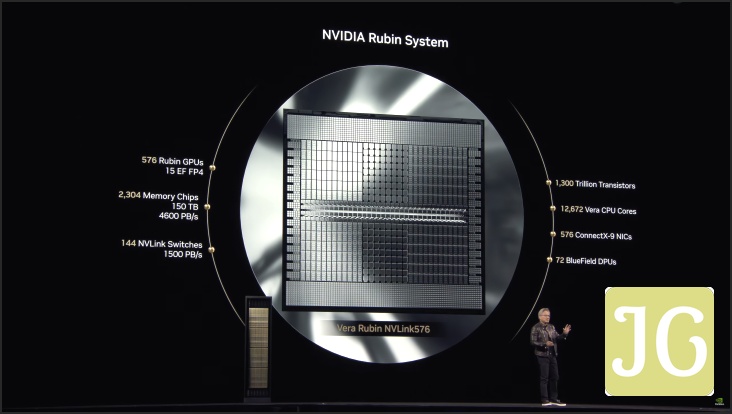AMD’s Zen 5 Era Begins: Ryzen 9000, EPYC Turin, and the Fight for Future Gaming Dominance
Computex 2024 marked a pivotal moment for AMD, as the company officially unveiled its highly anticipated Zen 5 microarchitecture. This isn’t merely an incremental upgrade; it’s a ground-up redesign, a foundational leap poised to redefine performance across AMD’s entire product stack. From the enthusiast-grade Ryzen 9000 series for desktop gaming and content creation to the innovative Ryzen AI 300 series for next-generation laptops and the formidable 5th Gen EPYC Turin processors for enterprise and cloud, Zen 5 is AMD’s strategic play to solidify its market position against fierce competition and set the stage for the future of computing.
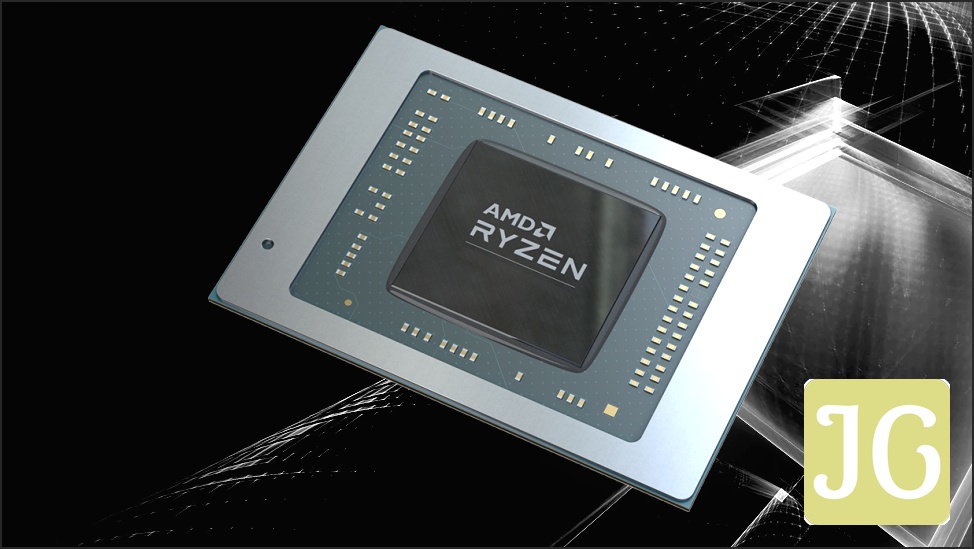
Zen 5: A Ground-Up Redesign for Peak Performance
Codenamed ‘Nirvana,’ the Zen 5 microarchitecture represents the most significant core redesign since the original Zen. Unlike previous generations that evolved from their predecessors, Zen 5 is a complete overhaul, built from the ground up to deliver a substantial performance uplift. AMD touts an impressive average 16% IPC (Instructions Per Cycle) increase over Zen 4 across typical desktop workloads, with specific gains soaring up to 35% in applications like AES XTS cryptography, which heavily leverages AVX-512. This leap is driven by a re-pipelined front end, featuring a significantly improved two-ahead branch predictor—a microarchitectural first that promises to minimize execution delays and boost efficiency. The execution pipelines have also been widened dramatically, now boasting six Arithmetic Logic Units (ALUs) and a native 512-bit AVX-512 datapath, which doubles theoretical compute throughput in relevant code and enhances AI/Machine Learning optimizations. Fabricated on TSMC’s advanced 4nm (N4X) and future 3nm (N3E) nodes for its Core Complex Dies (CCDs), these architectural enhancements collectively contribute to Zen 5’s impressive performance gains, allowing for greater parallelism and more efficient processing of demanding tasks.
Zen 5 Microarchitectural Highlights
- Average 16% IPC uplift over Zen 4, with up to 35% in specific workloads.
- Re-pipelined front end with significantly improved two-ahead branch predictor.
- Wider dispatch (8-wide) and execution resources (6 ALUs, 4 AGUs).
- Expanded 512-bit AVX-512 capabilities with native datapath and enhanced AI/ML throughput.
- Increased L1 data cache (48KB) and doubled L1/L2 data bandwidth.
- 3D V-Cache CCDs now place extra L3 cache under cores for improved thermals and overclocking potential.
- Fabricated on TSMC’s N4X (4nm) and N3E (3nm) nodes for CCDs.
Ryzen 9000 Series: Desktop Powerhouses for Gamers and Creators
For desktop users, the Zen 5 era kicks off with the ‘Granite Ridge’ Ryzen 9000 series CPUs, unveiled at Computex 2024. A key advantage for current AMD users is their drop-in compatibility with existing AM5 motherboards, requiring only a BIOS update. This commitment to platform longevity ensures a smooth upgrade path. Alongside these processors, AMD is introducing new X870E and X870 chipsets, which standardize USB 4.0 and PCIe 5.0 support for both graphics and NVMe storage. The initial X-series SKUs include the flagship Ryzen 9 9950X (16 cores/32 threads, 5.7 GHz boost, 170W TDP), the Ryzen 9 9900X (12 cores/24 threads, 5.6 GHz boost, 120W TDP), the Ryzen 7 9700X (8 cores/16 threads, 5.5 GHz boost, 65W TDP), and the Ryzen 5 9600X (6 cores/12 threads, 5.4 GHz boost, 65W TDP). All models integrate RDNA 2 graphics. AMD is positioning these processors as the world’s most advanced desktop CPUs, designed to excel in both demanding gaming scenarios and intensive content creation workloads, offering competitive pricing that often undercuts their Ryzen 7000 predecessors.
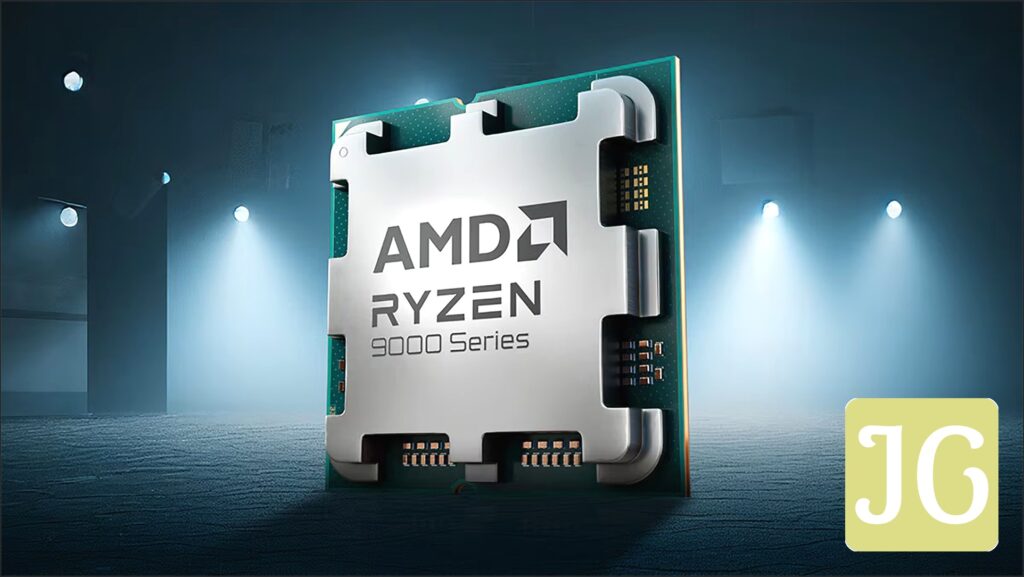
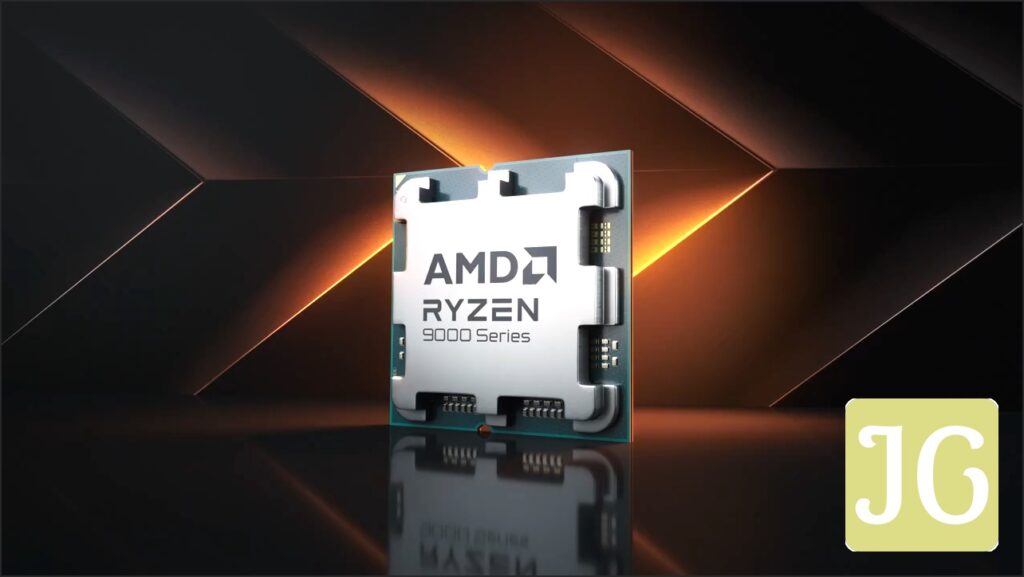
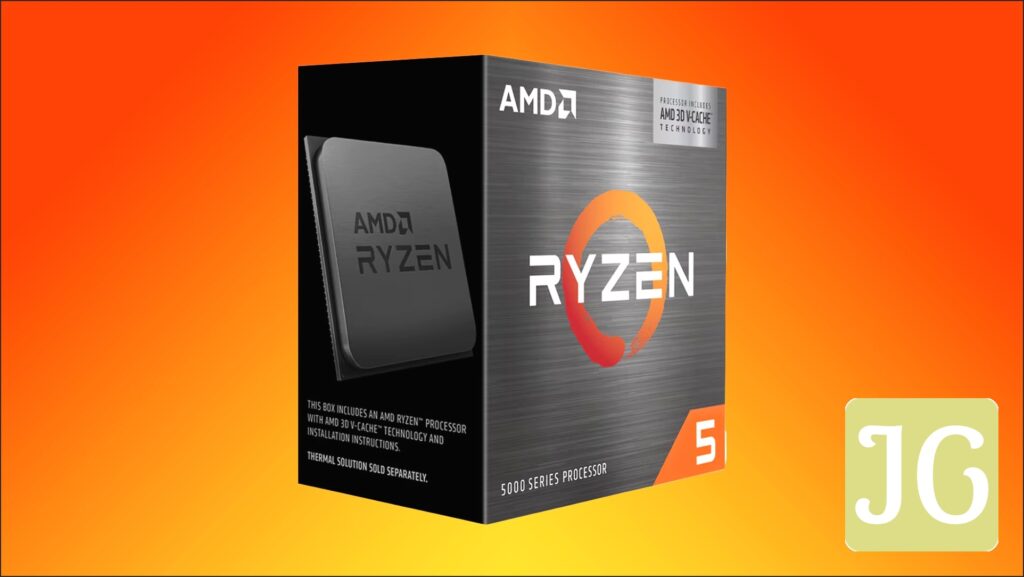
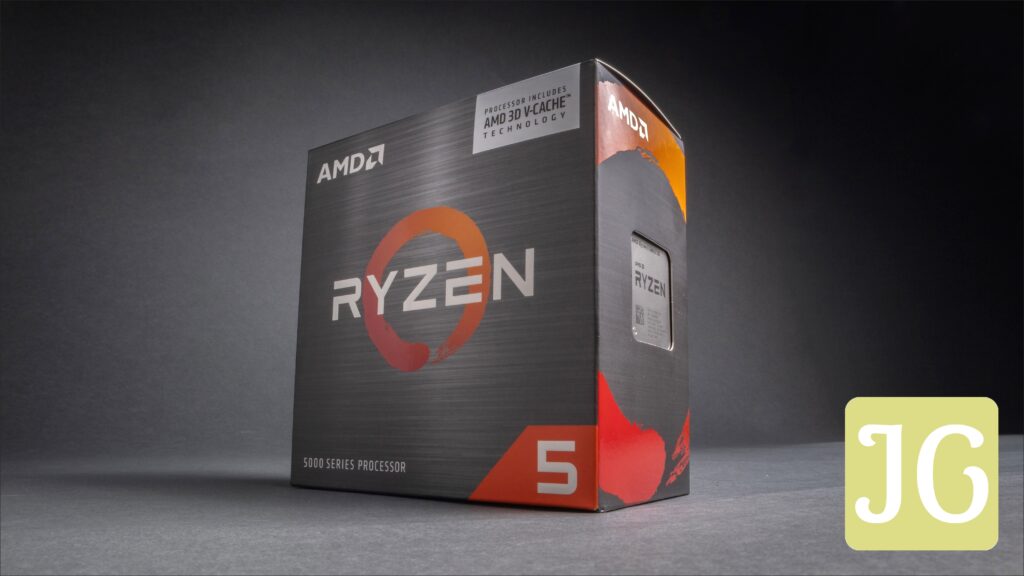
Ryzen 9000 Series Desktop Processors (Initial Launch)
| Model | Cores/Threads | Base Clock | Boost Clock | L3 Cache | TDP | Est. Launch Price |
|---|---|---|---|---|---|---|
| Ryzen 9 9950X | 16C/32T | 4.3 GHz | 5.7 GHz | 64 MB | 170W | $649 |
| Ryzen 9 9900X | 12C/24T | 4.4 GHz | 5.6 GHz | 64 MB | 120W | $499 |
| Ryzen 7 9700X | 8C/16T | 3.8 GHz | 5.5 GHz | 32 MB | 65W | $349 |
| Ryzen 5 9600X | 6C/12T | 3.9 GHz | 5.4 GHz | 32 MB | 65W | $299 |
Ryzen 9 9950X vs. Intel Core i9-14900K Performance Overview
Comparative performance across various gaming and productivity benchmarks, based on AMD’s internal testing (DDR5-6000, Radeon RX 7900 XTX GPU, Intel Defaults).
The Future of Gaming: Ryzen 9000X3D and Mobile AI
Beyond the initial launch, AMD is setting the stage for even more specialized performance with its anticipated Ryzen 9000X3D processors, expected later this year or early 2025. These chips, including models like the 9950X3D and 9800X3D, will leverage the second generation of AMD’s revolutionary 3D V-Cache technology. By placing a massive L3 cache directly under the cores, AMD enhances thermal resistance and enables higher sustained clock rates, translating to a significant boost in gaming performance – the 9950X3D, for instance, is already projected to be the world’s fastest 16-core gaming processor. On the mobile front, AMD is pushing boundaries with the Ryzen AI 300 (Strix Point) series for high-performance ultra-thin notebooks. These APUs integrate a 3rd-gen Ryzen AI engine (XDNA 2) capable of up to 55 TOPS of NPU performance, alongside RDNA 3.5 integrated graphics that promise dGPU-level gaming performance in a power-efficient mobile form factor. This dual approach ensures AMD addresses both the peak performance demands of desktop gaming and the burgeoning need for AI acceleration in portable computing.
AM5 Longevity & Overclocking Caution
AMD has committed to AM5 socket support through 2027 and beyond, ensuring a long upgrade path for Ryzen 9000 users. However, be aware that altering processor or memory specifications (overclocking/undervolting) outside AMD’s published specifications, even with AMD’s own tools, will void your product warranty. Proceed with caution and understand the risks.
Zen 5’s Broader Ambitions: Threadripper and EPYC Turin
AMD’s Zen 5 strategy extends far beyond the mainstream consumer market. For high-end desktop (HEDT) and workstation users, the Threadripper 9000 series, also based on Zen 5 cores, is set to deliver massive core counts—up to 96—with support for quad and octa-channel DDR5 memory. This empowers professionals with unparalleled processing power for demanding tasks. Further up the stack, the 5th Gen AMD EPYC ‘Turin’ processors, officially launched in October 2024, are poised to dominate the enterprise, AI, and cloud sectors. With an industry-leading core count scaling up to 192 per CPU, Turin processors boast record-breaking performance and efficiency. They deliver up to 2.7X performance against competitors in some workloads, 4X faster video transcoding, and 3.7X performance on end-to-end TPCx-AI workloads, making them ideal for the most intensive data center environments. This broad rollout, coupled with robust OEM support from industry giants like Dell, HPE, and Supermicro, underscores AMD’s comprehensive, multi-pronged assault on the entire computing landscape.
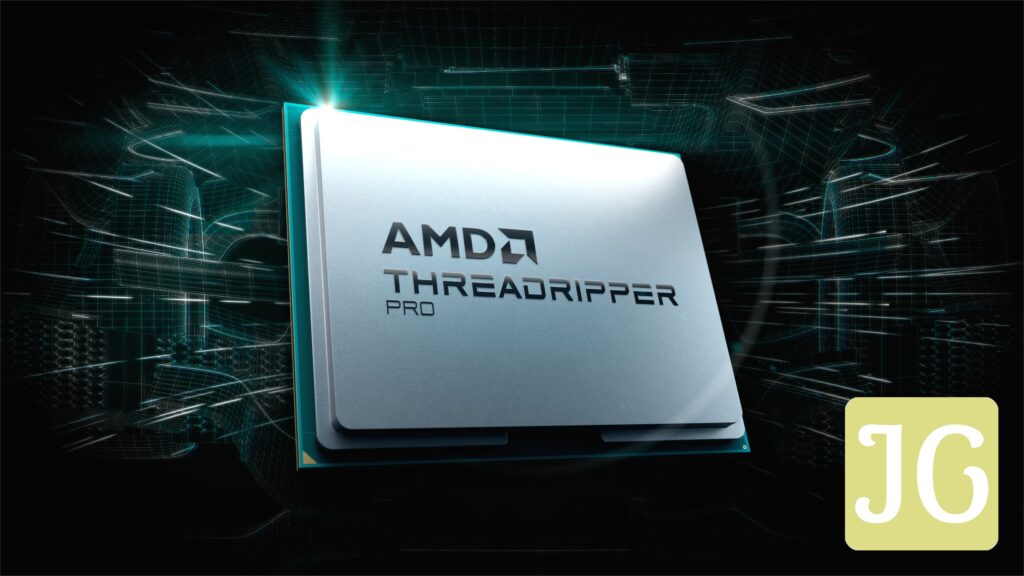
The Competitive Arena: AMD vs. Intel, and the NVIDIA Question
AMD’s Zen 5 launch arrives in a fiercely competitive landscape. The Ryzen 9000 series directly challenges Intel’s existing Raptor Lake Refresh CPUs and its upcoming Arrow Lake lineup. Early benchmarks, even those from AMD’s internal labs, showcase the Ryzen 9 9950X delivering an average 13.2% uplift in gaming and nearly 30% in productivity compared to Intel’s Core i9-14900K, positioned to run at ‘Intel Defaults’ to address stability concerns. However, the ‘Fandom Pulse’ reveals a broader, more dynamic competitive narrative: the community’s intense focus on NVIDIA’s rumored entry into the CPU market. This speculation has ignited a mix of anticipation and uncertainty. While some users express hope that a new player will spur AMD and Intel to innovate even further, leading to better products for consumers, there’s an underlying question of how established giants will adapt. This potential disruption highlights the ever-evolving nature of the PC gaming and tech industry, keeping all players on their toes.
The community expresses anticipation and hope that NVIDIA’s entry into the CPU market will spur AMD and Intel to innovate further, leading to better products for consumers, but there’s an underlying uncertainty about how the established players will adapt. As one user put it: ‘Que bueno se va a poner esto, ahora (supongo) intel y amd se van a poner las pilas para competirles y en diez años vamos a tener al alcance unos procesadores fuertisimos’
Final Thoughts: AMD’s Strategic Play
A Zen 5 Powered Future
AMD’s Zen 5 architecture marks a pivotal moment, delivering significant performance uplifts across its entire product stack. From the highly anticipated Ryzen 9000 desktop CPUs designed for gaming and content creation, to the innovative Ryzen AI 300 series for mobile, and the powerful EPYC Turin for data centers, AMD is making a multi-pronged assault on the market. With continued AM5 socket support and a clear roadmap, AMD is not just competing; it’s setting the stage for the next generation of computing, even as new challengers emerge. The Zen 5 era promises exciting times ahead for PC enthusiasts and the industry as a whole.
Your Zen 5 Questions Answered
What is the average IPC improvement of Zen 5 over Zen 4?
AMD officially states an average 16% IPC (Instructions Per Cycle) improvement for Zen 5 over Zen 4 across desktop workloads, with specific gains up to 35% in some applications.
Are Ryzen 9000 CPUs compatible with existing AM5 motherboards?
Yes, AMD Ryzen 9000 series processors are designed for the existing Socket AM5 platform and are drop-in compatible with current AM5 motherboards via a BIOS update. AMD has committed to AM5 support through 2027 and beyond.
When can we expect Ryzen 9000X3D processors?
AMD has indicated that Ryzen 9000X3D processors, featuring 3D V-Cache technology, are expected to launch later this year, with some models potentially arriving in early 2025.
Do Zen 5 CPUs include integrated graphics?
Yes, all initial Ryzen 9000 desktop CPUs (Ryzen 5, 7, and 9 variants) come with integrated RDNA 2 graphics, featuring 2 GPU cores.
What is the significance of Zen 5c cores?
Zen 5c is a compact variant of the Zen 5 architecture, primarily targeted at hyperscale cloud compute servers and mobile APUs (like the Ryzen AI 300 series). It allows for higher core density and power efficiency in specific workloads.
Key Sources & Further Reading
- AMD Computex 2024 Keynote & Press Releases
- AMD Performance Labs Benchmarking Data (June & November 2024)
- Hardware enthusiast leaks (momomo_us) for Ryzen Pro 9000 series
- Industry analysis and microarchitectural deep dives from various tech publications
- Community sentiment analysis from online forums and social media

